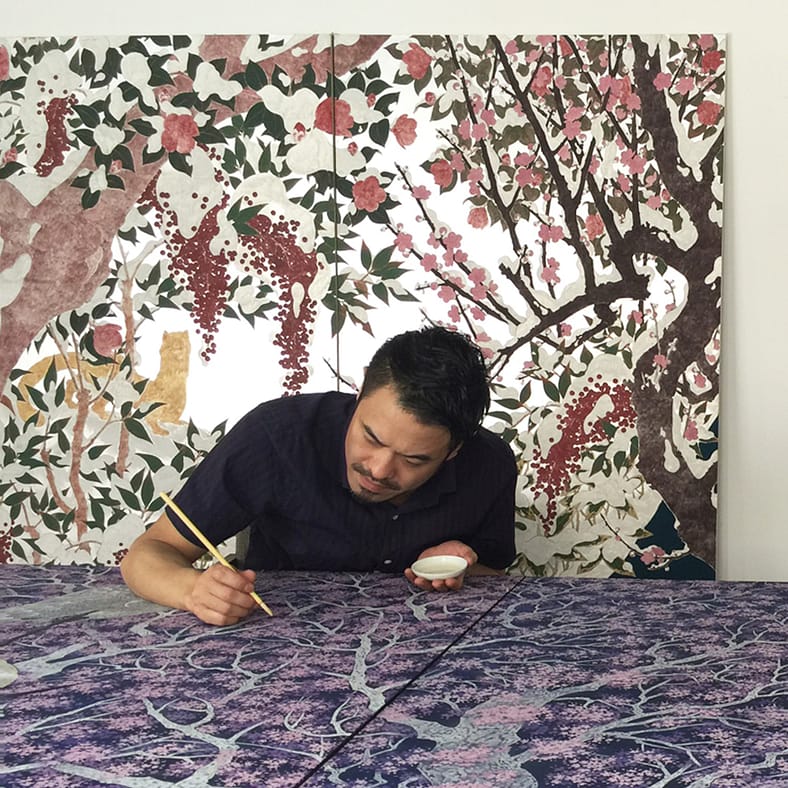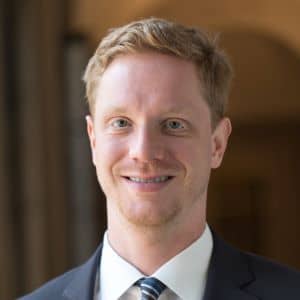Trailblazing the centuries-old world of Nihonga (Japanese-style painting) with a distinct sense of space and time to understand nature, Daisuke Nakano continues to paint his internal landscapes. In this artist talk, Nakano sits down virtually with Frank Feltens Ph.D. (Smithsonian National Museum of Asian Art) on his creative inspirations and his own relationships with art.
This webinar is held in association with Nakano’s first-ever West Coast exhibition Painting Paradise: Art of Daisuke Nakano currently showing at Portland Japanese Garden through July 18, 2021.

Daisuke Nakano
Nihonga Artist
Born in Kyoto, Japan in 1974 and graduated from Doda Bijutsu Kogei High School. At the young age of 19, Nakano exhibited his first artwork at a group exhibition. His solo exhibitions include: Burst of Nature (Ippodo Gallery New York, USA, 2019), Exhibition at Saga Arashiyama Museum of Arts and Culture (Kyoto, Japan), and A Brush With Beauty at the Indianapolis Museum of Art at Newfields (USA). Nakano uses the centuries-old Nihonga-style painting technique to capture the elusiveness of light and vivacious spirit of wildlife through his screen paintings of imaginary botanical landscapes. Nihonga, a traditional style of Japanese painting, is created using solely organic materials — such as pigments from vegetables, minerals, animals, silk, wood, and gold.

Frank Feltens
Associate Curator of Japanese Art, Smithsonian’s National Museum of Asian Art
Feltens is Associate Curator of Japanese Art at the Freer Gallery of Art and Arthur M. Sackler Gallery, the Smithsonian’s National Museum of Asian Art. He holds a PhD in Japanese art history from Columbia University (2016) and is a specialist in Japanese art with a focus on the late medieval and early modern periods. Additional interests include Japanese photography and the intersections between painting and ceramics. Feltens has published and lectured on a range of topics related to Japanese art. Recent articles examine the painters Ogata Kōrin and Sakai Hōitsu, and the photographer Domon Ken. Prior to coming to the Freer and Sackler, he held research positions at the Museum of Modern Art, the National Museum of Asian Art in Berlin and the Nezu Museum and the temple Sensōji in Tokyo. His book Ogata Kōrin: Art in Early Modern Japan is available with Yale University Press.